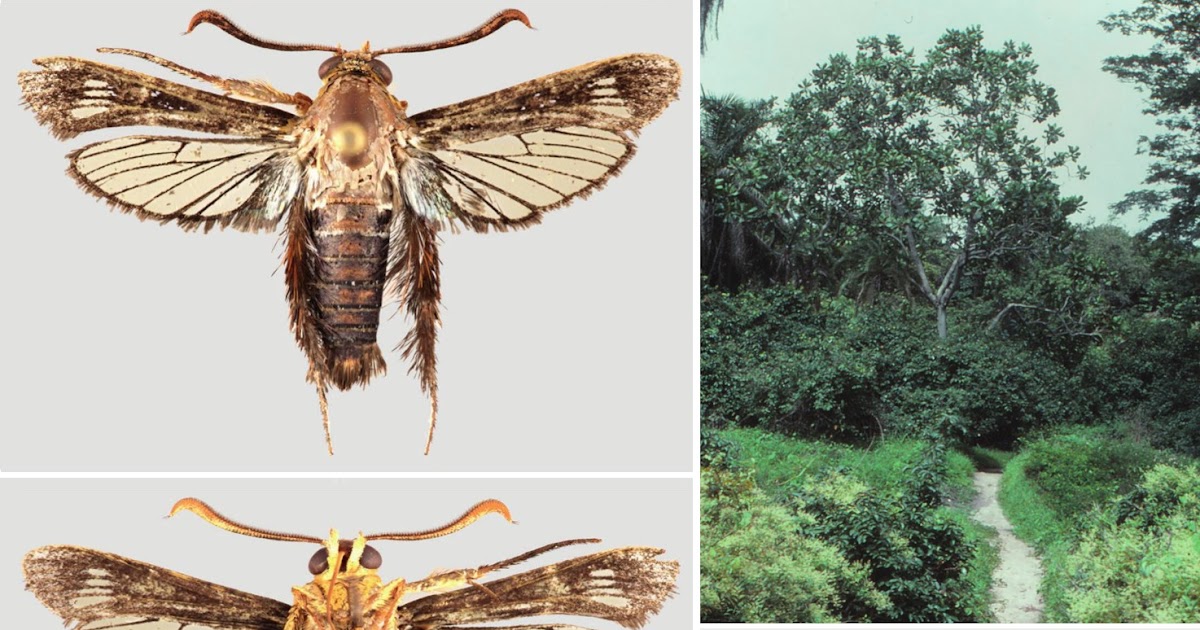Antibiotic resistance (aka antimicrobial resistance) is a global menace, and India is among the worst hit countries.
According to a July 2024 Lancet article, the AR burden in India is “particularly high”. “The growing resistance to existing antibiotics amidst the shrinking pipeline of newer drugs is a serious threat to attaining the SDG [UN sustainable development goals] target by 2030,” it said.
Now, a study by the Institute of Nano Science and Technology, Mohali, has brought to light a hitherto unknown cause of AR: nanoplastics.
Nanoplastics, derived from single-use plastic bottles, contribute to the spread of AR, the study has found, underscoring an unrecognised public health risk.
The joint threat of plastic pollution and antibiotic resistance is a growing concern. Nanoplastics and microorganisms coexist in diverse environments, including the human gut.
This problem led INST scientists to trace how plastic nanoparticles could impact bacteria.
Recognising the central role of Lactobacillus acidophilus in the gut microbiota, Dr Manish Singh and his team investigated whether nanoplastics could transform beneficial bacteria into carriers of AR genes and pose a risk to human gut microbiome health.
They synthesised nanoplastic particles from used plastic water bottles as they better represent the actual pollutant nanoplastics resulting from discarded single-use plastic bottles and containers.
The scientists demonstrated that nanoplastics derived from polyethylene terephthalate (PET) bottles can facilitate the cross-species gene transfer from E coli to Lactobacillus acidophilus through a process called horizontal gene transfer (HGT), particularly through outer membrane vesicle (OMV) secretion in bacteria.
Gene transfer mechanism
According to the researchers, there are two novel mechanisms through which nanoplastics derived from PET bottles facilitate AR gene transfer.
The first is through a direct transformation pathway, where the nanoplastics act as physical carriers, transporting AR plasmids across bacterial membranes and promoting direct gene transfer between bacteria.
The second is through the OMV-induced transfer pathway, where the nanoplastics induce oxidative stress and damage to bacterial surfaces, which activates the stress response genes and triggers an increase in OMV secretion.
The OMV, loaded with AR genes, becomes a potent vector for gene transfer across bacterial species, thus facilitating the spread of AR genes even among unrelated bacteria.
“This reveals an important and previously overlooked dimension of nanoplastics’ effects on microbial communities,” the release says.
The study, published in the journal Nanoscale, highlights how nanoplastics may unexpectedly contribute to the AR crisis by introducing AR genes to beneficial gut bacteria like Lactobacillus acidophilus, which could act as reservoirs for AR genes, potentially transferring them to pathogenic bacteria during the course of infections.
Protecting beneficial gut bacteria is crucial for immune support, digestion, and disease prevention.
Limiting nanoplastic contamination could help preserve gut microbiota integrity, minimising the chances of AR gene transfer from beneficial to pathogenic bacteria and supporting microbiome resilience.
With increasing plastic pollution, this finding highlights the need for strict safety guidelines, awareness programmes, as well as policies that prioritise responsible usage of plastics and waste management to safeguard human health and microbiome stability.








Leave a Comment